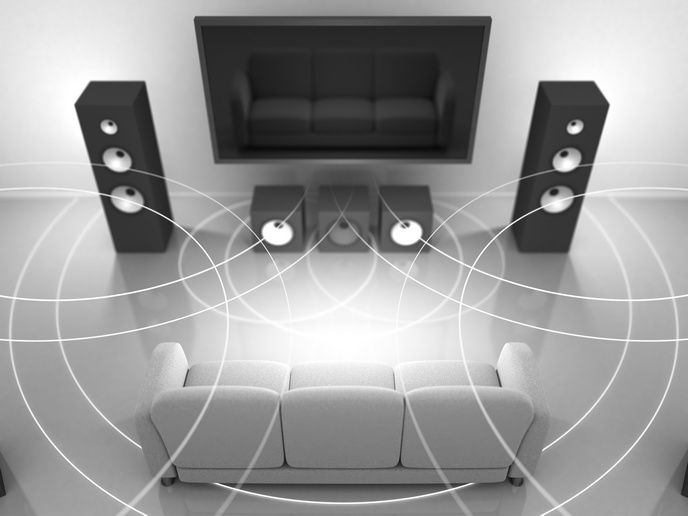Understanding sound – advances in modelling and prediction
Sounds inform us, warn us, entertain us. The current ways of describing the behaviour of sound as it travels through space and time depend on a wave-based or a geometric paradigm. Although the former is considered to be the most accurate representation, it leads to highly complex models. The geometric framework visualises sound as rays, rather than waves. The drawback here is that it can’t capture phenomena such as sound diffracting around a corner. The European Research Council (ERC) SONORA project, supported by the EU, asked whether it could be possible to simplify the current state of play by neatly combining the two within a new paradigm. “These two frameworks, and the corresponding room acoustics models, are usually treated as being unrelated to each other. We have shown this to be incorrect,” says principal investigator Toon van Waterschoot, professor of Engineering Technology at the Catholic University of Leuven in Belgium. He explains that the idea of combining geometric and wave-based modelling can exploit the best features of both frameworks. “The development of such hybrid models requires the establishment of a connection between the frameworks, which has been one of the key contributions to the project.”
Combining wave and geometric modelling to get the clearest picture
“Bridging this gap between the two frameworks was without any doubt the hardest nut to crack. For a long time, we did not find a suitable mathematical formulation that would allow us to relate both frameworks,” remarks van Waterschoot. Eventually, by bringing the right people together and discussing the problem over and over again, the team came up with a mathematical framework which allowed them to prove that wave-based modelling and geometric modelling are equivalent under certain conditions. “This has really been the breakthrough result of the project, which paves the way for much more research. It was extremely rewarding to see how each person involved in the discussion of this problem, researchers not only from my team but also from the team of Enzo De Sena at the University of Surrey in the United Kingdom, contributed pieces of the jigsaw that turned out to be essential to the puzzle.”
The equivalent boundary model – a catch-all for any context
Along with how to model sound, the project considered the notion of where the sound event happens, and how the context impacts the result. Inside and outside sounds are affected by the environment very differently. “The existence of room boundaries is what makes indoor sound so different from outdoor sound,” notes van Waterschoot. But what happens if the rooms are huge or small, have carpets or wooden floors? What is the impact of large windows or mirrors in comparison with wall panelling? SONORA distinguished between a physical room boundary, which consists of the walls, floor and ceiling of the room, and an equivalent boundary that does not physically exist, but is used to model the acoustic scattering off the real boundary. “The reason we might want to do this is because, in many applications of audio signal processing, we simply do not have any knowledge about the physical room boundaries such as the geometry of the walls or the materials they are built from or covered with,” he explains. This is a consequence of the fact that audio devices are often mobile and are designed to be used in any indoor environment. But as boundaries are a vital part of modelling the acoustic wave propagation inside a room, it is crucial for room acoustics models to include a representation of the boundaries. “As we may not have physical knowledge of the true boundary, we replace it in our model by a so-called equivalent boundary, which may be positioned elsewhere and have different properties compared to the real boundary,” van Waterschoot says, adding: “By parameterising these variable positions and properties and estimating these parameters from sound measurements using microphone signals, we can obtain an equivalent boundary model that accurately represents the effect of the real boundary on the resulting acoustic wave field inside the room.”
A better understanding of sound for a new generation of equipment
Van Waterschoot believes the work of his project will help the development of new technology to capture, analyse, manipulate and reproduce auditory experiences. This is relevant whenever audio devices are being used in an indoor environment, such as: a hearing assistive device used by a hearing-impaired person; a smart speaker picking up a voice command; a pair of headphones rendering 3D spatial audio in a virtual reality application; or a wireless microphone network monitoring indoor activities in the context of assisted living. “My hope is that this improvement in our understanding of how to model and predict the way sound will behave, will lead to the development of equipment and technologies that could have a very real impact on people’s lives.”
Keywords
SONORA, acoustic, wave, sound, geometric modelling, equivalent boundary model, acoustic wave field

